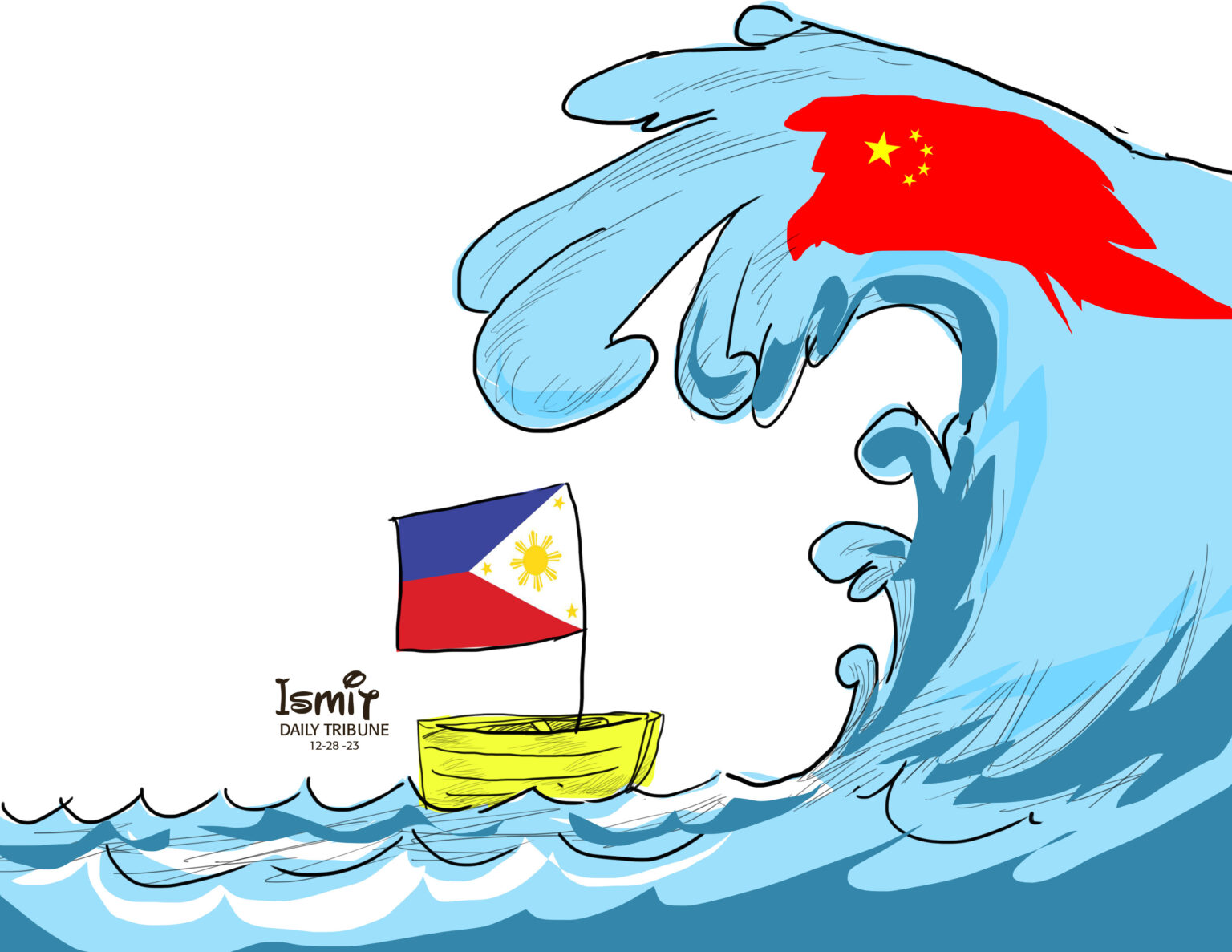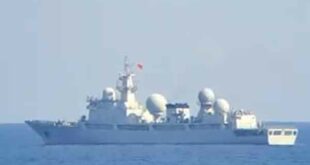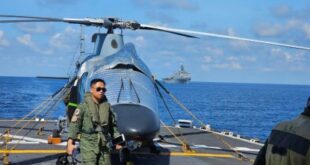“A review of the recent engagements between Philippine and Chinese assets showed that it was Chinese vessels, including coast guard and militia ships, that carried out dangerous maneuvers.

China’s military brass have again trained their muzzles on the Philippines for supposedly provoking conflict in the West Philippines Sea as they accused Manila of encroaching on Chinese territory.
Tensions has been rising as the two neighbors traded accusations in recent months over a series of maritime run-ins, including China allegedly ramming a ship carrying Armed Forces Chief of Staff, General Romeo Brawner Jr.
Brawner contended that “the Philippines follows international and domestic laws.”
Such laws define the limits of the country’s territorial waters and exclusive economic zone, “where we have sovereign rights.”
The People’s Daily, which is the more popular of the many mouthpieces of the Chinese Communist Party, wrote that the Philippines has relied on US support to continually provoke China.
In the Chinese view, such “extremely dangerous” behavior has seriously harmed regional peace and stability.
A review of the recent engagements between Philippine and Chinese assets showed that Chinese vessels, including coast guard and militia ships, carried out dangerous maneuvers that sometimes resulted in collisions at sea.
“The Philippines, bolstered by external support, has brushed aside China’s goodwill and restraint and has repeatedly challenged China’s principles and red line,” the People’s Daily said.
According to its foreign ministry officials, the sensible choice for the Philippines is “to return to the right track of properly resolving differences through dialogue and consultation, and work with China to manage the maritime situation.”
China claims almost the entire expanse between it and the Philippines with its so-called nine-dash line.
A 2016 arbitral tribunal ruling invalidated China’s claim, but Beijing did not recognize the decision.
China has ramped up what military experts call “gray zone” tactics that have moved up from the shadowing of Philippine vessels to the use of water cannons, disorienting military-grade laser beams, and, lately, ear-piercing sonic devices against them.
The confrontations now center on the Ayungin Shoal, where the Philippines had purposely grounded a landing transport ship, the BRP Sierra Madre, to serve as an outpost manned by Marines.
China clearly showed its intention to push its “historical” claim to the disputed maritime region by building artificial islands and undertaking an unprecedented re-fleeting that created the largest coast guard in the world, boasting decommissioned naval ships the size of US destroyers.
In 2013, the Philippines challenged China’s “indisputable sovereignty” over the West Philippine Sea before the Permanent Court of Arbitration in The Hague. The international tribunal ruled in 2016 that China’s claims to “historic rights and resources” within its nine-dash line had “no legal basis.”
To head off the decision based on the United Nations Convention on the Law of the Sea, China said it did not recognize third-party arbitration despite its contention that it is a signatory to UNCLOS while the US is not.
It rejected the PCA ruling as “null and void” and has ignored it ever since.
The PCA ruled that none of the “land features” China claims in the Spratlys could be considered capable of being the basis for legal territorial claims like an EEZ.
Even if China’s claim is the result of somebody’s imagination, geopolitical experts consider the conflict over sea territory a real threat to the security and stability of waterways that carry trillions of dollars in global trade.
China has been needling President Ferdinand Marcos Jr. for rekindling a decades-long defense partnership with the United States and signaling that he would be less receptive to Chinese interests than his predecessor, Rodrigo Duterte.
Shortly after Marcos took the reins of government, the largest-ever US-Philippine war games in the northern Philippines took place.
An expert analyst on the region said US backing, at least on paper, helps “give the Philippines more confidence that it can continue to cross Chinese blockades without the Chinese vessels opening fire.”
So far, that calculation has proven correct, leaving China with no choice but to keep using gray tactics.
*****
Credit belongs to: tribune.net.ph
 Atin Ito First Filipino Community Newspaper in Ontario
Atin Ito First Filipino Community Newspaper in Ontario






